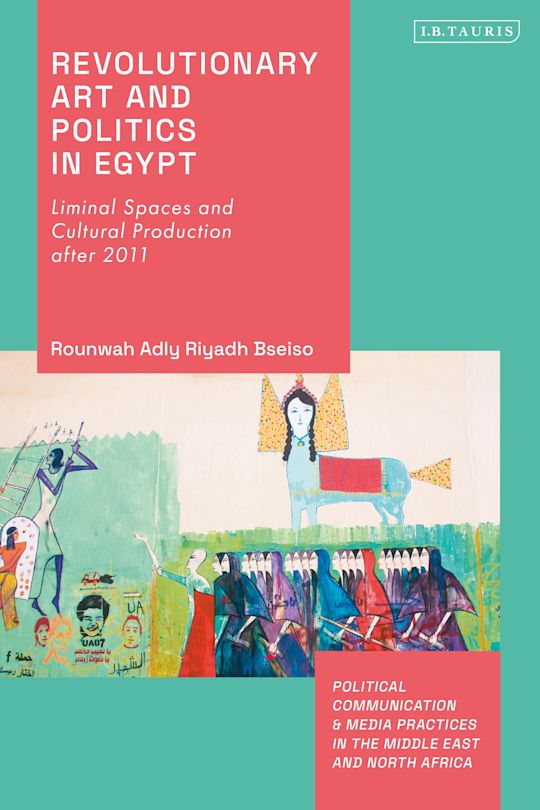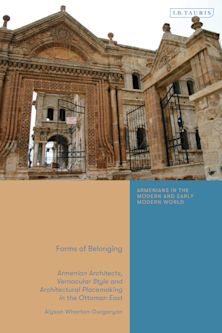Revolutionary Art and Politics in Egypt
Liminal Spaces and Cultural Production After 2011
Revolutionary Art and Politics in Egypt
Liminal Spaces and Cultural Production After 2011
This product is usually dispatched within 3 days
- Delivery and returns info
-
Free US delivery on orders $35 or over
Description
This book examines the role of artists in Egypt during the 2011 revolution, when street art from graffiti to political murals became ubiquitous facets of revolutionary spaces. Through interviews, personal testimonies, and accounts of the lived experience of 25 street artists, the book explores the meaning of art in revolutionary political contexts, specifically by focusing on artistic production during 'liminal' moments as the events of the Egyptian revolution unfolded. The author privileges the perspective of the actors themselves to examine the ways that artists reacted to events and conceived of their art as means to further the goals of the revolution. Based on fieldwork conducted in the years since 2011, the book provides a narrative of Egyptian artists' participation in and representations of the revolution, from hopeful beginnings to the subsequent crackdown and election of al-Sisi.
Table of Contents
1. The First Phase: The first 18 days of the Egyptian Revolution
2. The Second Phase of the Revolution: SCAF Rule
3. The Third Phase of the Revolution: Morsi's Presidency
4. Can Revolutionary Art exist in the Aftermath of the Revolution? The Fieldwork Moment
Conclusion
Biography
References
Product details
| Published | Jul 25 2024 |
|---|---|
| Format | Paperback |
| Edition | 1st |
| Extent | 248 |
| ISBN | 9780755644797 |
| Imprint | I.B. Tauris |
| Illustrations | 70 bw illus |
| Dimensions | 9 x 6 inches |
| Series | Political Communication and Media Practices in the Middle East and North Africa |
| Publisher | Bloomsbury Publishing |
Reviews

ONLINE RESOURCES
Bloomsbury Collections
This book is available on Bloomsbury Collections where your library has access.


































